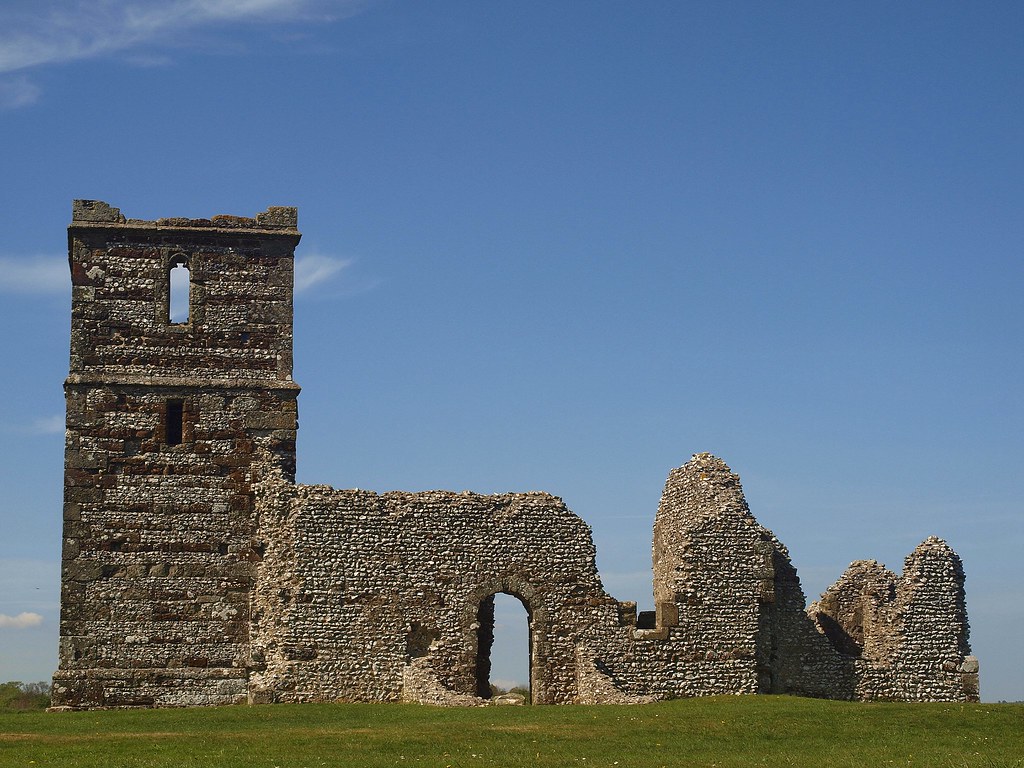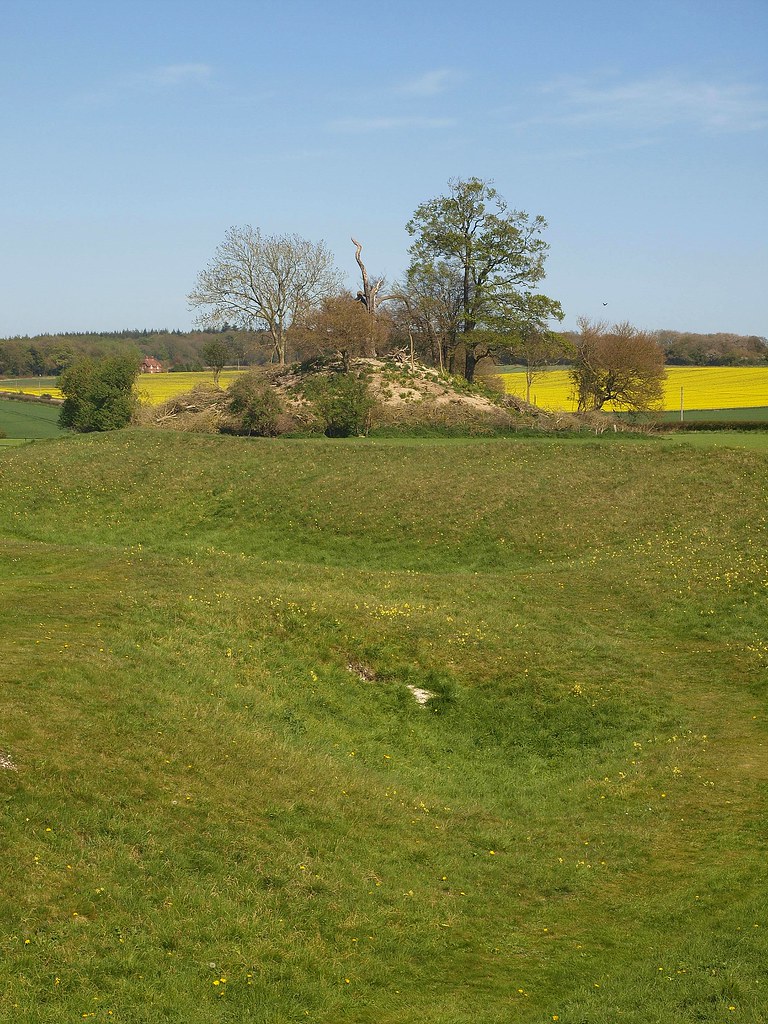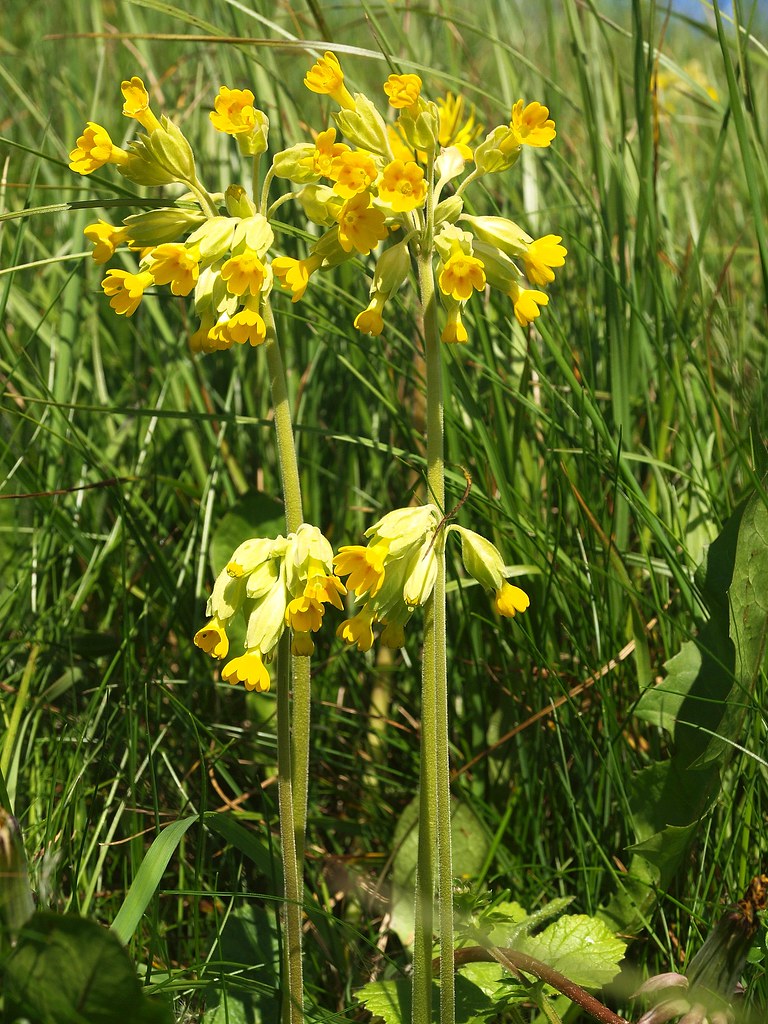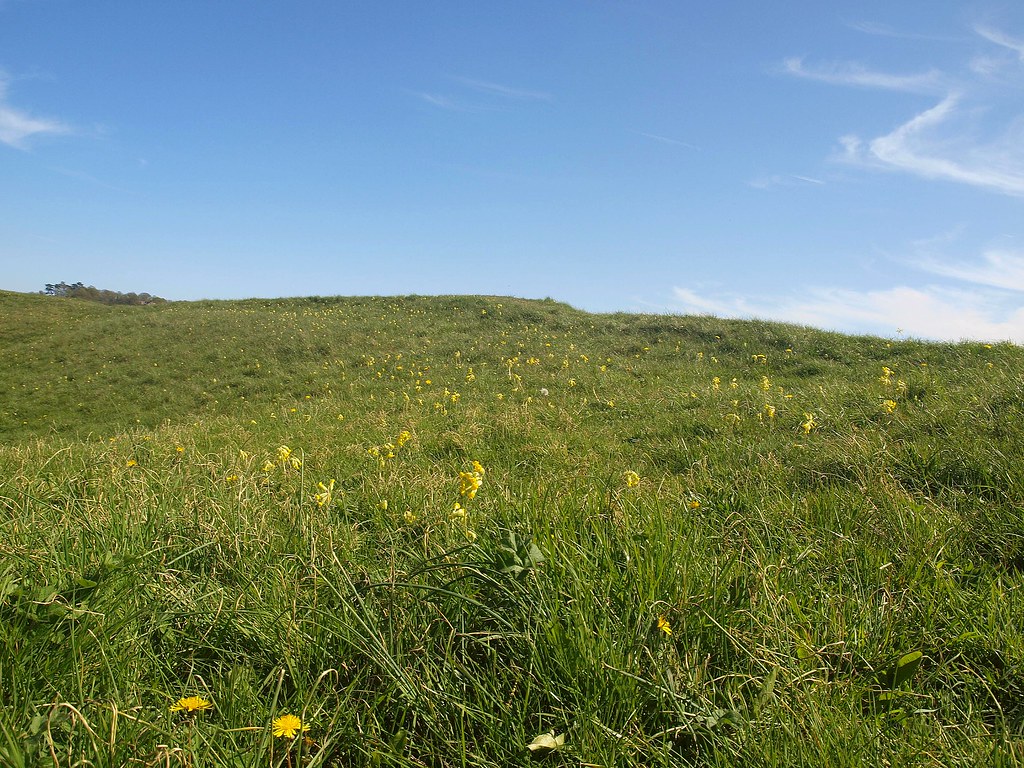Knowlton
The Heritage plaque at the site says that the henge was constructed c. 2,500 B.C, consisting of a ring bank with two entrances and an internal ditch, 'probably intended for ceremonial use'. It is now realised that the Knowlton henge was only a single part of a larger 'sacred' prehistoric landscape, which was re-used for thousands of years, ending with the construction of the Norman church in the middle of the central henge in the 12th century AD.

'
Knowlton Rings' consists of 4 earthworks: the North Circle, Church Circle, Southern Circle, and the 'Old Churchyard'. In addition to these sites, to the east of the Church Circle is the Great Barrow, the largest round barrow in Dorset, and almost certainly directly related to the henges. (1) The most prominent site in the complex is the 'Church Circle', now commonly called Knowlton Henge.

The remaining henge was Christianised in the 12th century with the construction of the Norman Church in the centre of the central henge.

The Cowslip is an extremely well known and popular wild flower whose numbers declined dramatically between the 1950s and the 1980s.

The Cowslip grows to a height of 20-30 cm when in full flower, with leaves that go up to 10-15cm. It produces delicate yellow flowers 1-2cm, usually between March and May.

Its preferred habitat is open grassland either slighly alkali or neutral in nature. It also requires a generous amount of light in order to flower and is not successful in woodlands or under tall plants.

